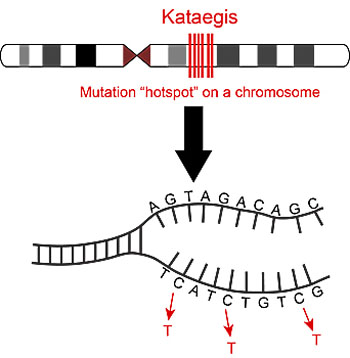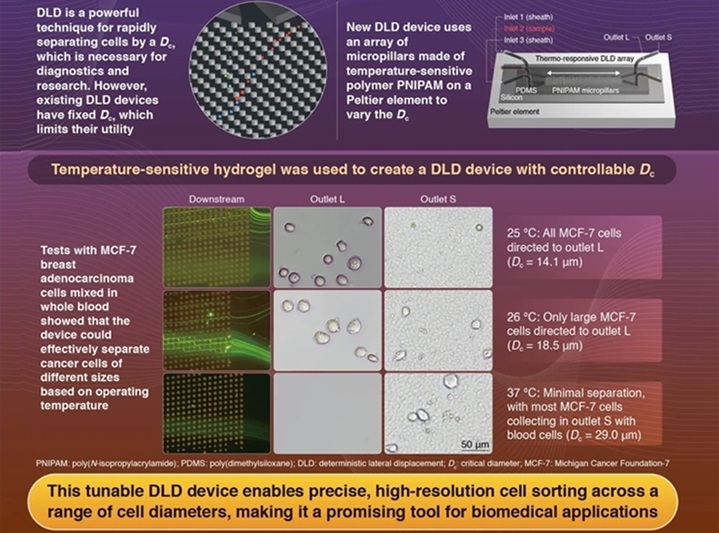Breast Tumors That Display Kataegis Have a Better Prognosis
By LabMedica International staff writers
Posted on 12 Jul 2016
Breast tumors that display kataegis, a state of hypermutation that is localized to only a few genomic regions, are not highly invasiveness, and patients with cancers that possessing this marker have a good prognosis.Posted on 12 Jul 2016
Kataegis is a mutational process observed in approximately 55% of breast tumors that results in hypermutation in localized genomic regions. Investigators at the University of California, San Diego (USA) used whole-genome sequence data of 97 tumors to examine the distribution of kataegis loci.

Image: In kataegis, multiple mutations cluster in a few hotspots in a cancer genome. Here, cytosine (C) bases are commonly substituted with thymine (T) in the DNA strand (Photo courtesy of Matteo D’Antonio, University of California, San Diego).
The data they obtained revealed that these somatic mutations were over-represented on chromosomes 8, 17, and 22 and depleted on chromosomes 2, 9, and 16 and were enriched in regions containing genes and functional regulatory elements. Genes in the vicinity of kataegis loci were less likely to be aberrantly expressed than genes that were located farther away. Breast cancers that contained kataegis had a transcriptome-wide expression signature that was consistent with low invasive potential and enabled the kataegis status of a tumor to be predicted using RNA sequencing (RNA-seq) data.
The investigators exploited the kataegis expression signature to predict kataegis status in 412 breast cancers with transcriptome but not whole-genome sequence data and showed that kataegis loci were enriched in high-grade, HER2+ tumors in patients diagnosed with breast cancer at an older age and who had a later age at death.
“We do not know what causes kataegis, and before this study not much was known about its functional importance at the molecular or clinical level,” said senior author Dr. Kelly Frazer, professor of pediatrics at the University of California, San Diego. “We have now found that kataegis is associated with a good prognosis for patients with breast cancer. Kataegis status might also be helpful in determining a patient’s treatment options, but there is a long way to go before kataegis status could be used in the clinic.”
The paper on kataegis in breast tumors was published in the June 30, 2016, online edition of the journal Cell Reports.
Related Links:
University of California, San Diego














